If you follow me on social media, you know that I spent last week in Italy! True Italian Taste and the Italian American Chamber of Commerce invited me to Piedmont to learn about authentic and traditional Piedmontese foods. Piedmont is truly one of the most beautiful places I have ever been, and I love Italian food more than anything. Spending a week learning about Piedmontese foods like cheese, chocolate, coffee, and wine made me love and appreciate my job even more. I am so excited to share the trip with you, I took so many photos and I am lining up a series of posts for you.
Piedmont is a region in Northwest Italy separated from France by the Alps. The region has a distinctive culinary tradition based around locally produced foods. Even if you have never heard of Piedmont, I am certain that you are familiar with the region’s most popular foods: white truffles and Nutella. Piedmont is also the place of origin for Barolo and Vermouth and the Eataly stores.
The Piedmontese have a huge sense of pride for their traditional and local products. The locals know that their hazelnuts are the best, that Alba truffles are precious, and that food tastes even better with a glass of Barolo. They aren’t cocky about their culinary achievements, they are humble, proud, and eager to share their food products and the tradition behind them with others.
Piedmontese foods are under represented in the United States. When Americans think of Italian food, they tend to think of red sauce and pizza but those foods aren’t really representative of Piedmont. During our tour of Piedmont, one of the chef’s described Piedmont as being more of a land of butter than a land of olive oil. The cuisine has more of a French influence than you find in other parts of Italy, which makes Piedmontese cuisine distinct.
Today I am sharing the Piedmontese foods that you must try if you visit Piedmont. Just in case you can’t make it to Italy, I will also suggest some places in the U.S. where you can find these foods. I plan to spend next weekend indulging with Italian wine, cheese, and chocolate and pretending that I never left.
Piedmontese Food Products
White Truffles
Both white and black truffles can be found in Piedmont, with the White Alba Truffle being the most precious. Truffle season is different for black and white truffles, with black truffles available in the summer and white truffles available in the fall. Alba’s famed International Alba White Truffle Fair takes place in October and November. When Charles and I visited Piedmont in 2015 we went truffle hunting - we followed along as a specially trained dog sniffed out black and white truffles.
Hazelnuts
Two products are grown on the hillsides of Piedmont, the first is grapes which are used to produce wine, and the second is hazelnuts. Hazelnuts are grown on the northern sides of the hills where there isn’t enough sun for grapes to grow. Hazelnut production is a way to use all the available land to contribute to the local economy. Piedmont’s hazelnuts are favored by the confectionary industry because they roast perfectly and have an ideal taste and crunch. Piedmont’s hazelnuts (which have a PGI classification) are used by local chocolate companies to create everything from chocolates to Nutella.
Nutella
I had no idea that Nutella is produced in Piedmont until I took this trip! You shouldn’t have to go out of your way to have Nutella in Italy, it tends to be readily available. Both of my hotels were serving with along with mini crepes at breakfast. Lucky for me, the one and only Nutella Café is right in downtown Chicago.
Coffee and Espresso
Torino was a place of innovation for the espresso machine, and espresso grew in popularity and become the caffeinated drink of choice throughout Italy. Good coffee is easy to find in Italy, and the most amazing thing is how quickly it is ready. When I ordered cappuccinos at my hotel with breakfast, the servers were back with my order in far less time than it takes Starbucks. We had a coffee tasting at Giuliano Caffè, a family run business which has been producing single origin coffees since 1950. They have been working on introducing Italians to drip coffee and cold brew.
Chocolate
Cocoa started to arrive in Piedmont way back in 1587, and chocolate production has long been an important industry. You can snack on locally produced chocolate candies, sip hot chocolate, or enjoy a chocolate dessert at a restaurant. The Italians tend to prefer their chocolate on the darker side, but milk chocolate is available too. Torino is considered to be Italy’s capital of chocolate.
Piedmontese Pastas
Agnolotti del Plin
Plin is Italian for pinch, and this filled pasta is made by pinching two sheets of pasta together. Plin is often filled with a mix of veal and pork, and topped with a butter sauce and perhaps some sage. Historically, plin was made with roasted meat leftover from feasts. If you are in Chicago you can find plin at Osteria Langhe, a Piedmontese restaurant. Outside of Chicago, plin tends to be available at Eataly during truffle season.
Gnocchi
This potato pasta has a light pillowy texture, and it can be paired with a variety of sauces. We had it with melted Castelmagno cheese at lunch one day, and with a white fish sauce another day. Gnocchi is widely available in grocery stores, but the best can be found in the refrigerated section and is made by Rana.
Tajarin
This long thin pasta has the most satisfying texture, and a rich flavor from the large number of egg yolks used to make it. Tajarin is often served with a meat ragu, mushrooms, or butter and sage. You can find tajarin on the menu at Osteria Langhe.
Risotto
We had risotto several times during our time in Piedmont, and it is a product that is produced in Piedmont. First we had it with burrata, and later we learned how to make risotto with strawberries and sparkling wine, which was a popular meal in the ‘80s. I make risotto frequently because it is made with staple pantry products and I can add in whatever cheese and vegetables I have in the fridge.
Piedmontese Meats
Vitello Tonnato
This traditional Piedmontese dish is made with very thinly sliced roasted veal topped with a tuna sauce. It is a typical first course at restaurants.
Brasato al Barolo
One of the best meals we had during the trip, Brasato al Barolo is made by slow cooking beef in Barolo. It has rich flavors and the beef becomes so tender that you can slice it with a butter knife.
Rabbit
You don’t see rabbit on menus too often in the states, but it is commonly eaten in Piedmont. It is often used to fill plin or served in other pasta dishes.
Tartar
Piedmontese cuisine is influenced by the French, and their love of tartar is a prime example. Raw veal is seasoned with a touch of olive oil and lemon juice, and is often served topped with truffles.
Bra Sausage
I am not usually a fan of raw meat, but this raw veal sausage is delicious. Historically beef was used instead of pork in order to accommodate Piedmont’s Jewish population who can’t eat pork. You may expect it to taste more like tartar than sausage, but that wasn’t the case.
Piedmontese Cheeses
Castelmagno
This cheese produced in the Cuneo region of Piedmont has a distinctive crumby texture. Depending on the length of time that it ages, it can have a more mild creamy taste and a softer crumbly texture, or a stronger sharp taste and a more firm texture. It also melts well, we got to try gnocchi with a Castelmagno sauce and it was a culinary highlight of our trip.
Toma
A cow’s milk cheese that is impossible not to love. It is can be soft or semi-hard in texture and is similar to the French tomme. It’s delicious on a cheese plate, or in pasta dishes or melted on a burger.
Rocchetta
This cheese is one of my all time favorites. It is made from a blend of cow’s milk, goat’s milk, and sheep’s milk – I have always loved mixed milk cheeses the most. Rocchetta is a fresh soft cheese with earthy, creamy, and slightly tangy flavors. We used it to make an Italian macaroni and cheese and it was heaven on a plate.
Caprino
A creamy goat’s milk cheese that is both eaten fresh and after aging for a month. I tasted fresh Caprino spread on bread with a touch of honey and it was so velvety. Caprino is different from other goat’s milk cheeses because it doesn’t have as strong of a tangy flavor.
There are lots of cheeses produced in Piedmont, but I chose to focus on the ones that are unique to the region.
Piedmontese Drinks
Barolo
The king of wines, Barolo can only be produced in a certain part of the hilly region of Laghne which is within Piedmont. I am working on a whole post all about Piedmont’s wines, so stay tuned. Until then, savor a glass of Barolo and pair it with the cheeses listed above.
Baladin Beer
It seems a bit wrong to describe Baladin as a brewery because they do so much more than make beer. Producing 30 different beers is Baladin’s primary goal, but they also have 13 pubs, a boutique hotel, and a farmhouse with a production facility, restaurants, and event spaces.
Vermouth
Vermouth is more than just an ingredient in cocktails. This fortified wine which was invited in Torino tastes delicious on its own. During a vermouth tasting we were told that vermouth is what people will have at 5pm when they get off work. Torino Vermouth is famous because it follows a specific formula which is dictated by Italian law. Sip vermouth straight or try a Martini, Negroni, or Manhattan.
Other Piedmontese Foods
Bonet
A chocolate custard that reminds me of crème caramel or panna cotta. It is a rich dark chocolate custard topped with caramel. It is the type of dessert that you can eat even after you have had a big multi-course meal, which tends to be the case in Piedmont.
Uovo in Camicia con Fonduta
A rich fontina fondue served with a poached egg and truffles.
Gianduia
A velvety hazelnut chocolate that almost tastes melted that was invented by Caffarel in 1852 and is often served alongside coffee. Gianduia is available in small two-bite individually wrapped chocolates or as a spread.
Russian Salad
This dish isn’t Russian and most Americans might not call it a salad. The name is confusing, but some say that the dish was first invented when Russian aristocracy came to visit Piedmont. Russian salad is similar to a potato salad. It is made with potatoes, carrots, peas and other vegetables with mayonnaise.
Piedmontese Brands to Know
Nutella
I hope that you are already familiar with this chocolate hazelnut spread. It you aren’t go to a grocery store ASAP.
Lavazza
Lavazza coffee is known all over the world. It is Charles’ go-to coffee brand. Lavazza got its start in Torino (Italy’s original capital city and the Piedmont regions largest city and current capital), and just this month a fun interactive and educational Lavazza Museum opened in Torino.
Eataly
The first Eataly was opened in Torino, and the small chain of Italy-centric stores can be credited with making true Italian products available around the world.
Caffarel
A Piedmontese chocolate company famous for making gianduia.
If you want to buy authentic Italian products, there are a couple things that you need to know.
PDO stands for Protected Designation of Origin, this means that the product name is specific to a region, place, or certain geographic area. For example, Castelmagno is a PDO. Only cheeses made in specific parts of the Cuneo region can be called Castelmagno.
PGI is the acronym for Protected Geographical Indication. This designation guarantees that a product comes from a specific region or country. There is a quality that distinguishes these products from their counterparts. Nocciola Piedmont PGI are a specific variety of hazelnuts grown in Piedmont.
CDO (in English) / DOC (in Italian) is Controlled Denomination of Origin and it is a quality assurance for Italian wines. These wines meet strict regulations and are tested by a committee.
CGDO (in English) /DOCG (in Italian) means Controlled and Guaranteed Designation of Origin. This designation is stronger than CDO/DOC. To earn this designation, products are subject to evaluation, analysis, and tasting by a government licensed committee. Barolo is a CGDO, it goes through a testing process to earn this designation.
You can check to make sure that you are purchasing true Italian products by checking them for these labels. Cheeses will have labels over the rind. Wines will have a label at the top of the neck of the bottle.
Have you tried any of these Piedmontese foods? Do you have a favorite? Let me know in the comments!



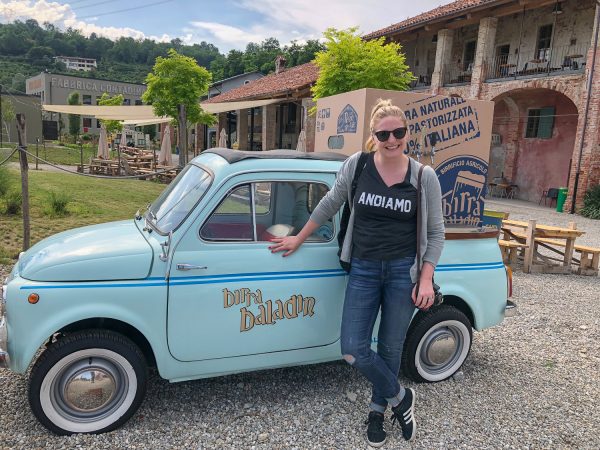
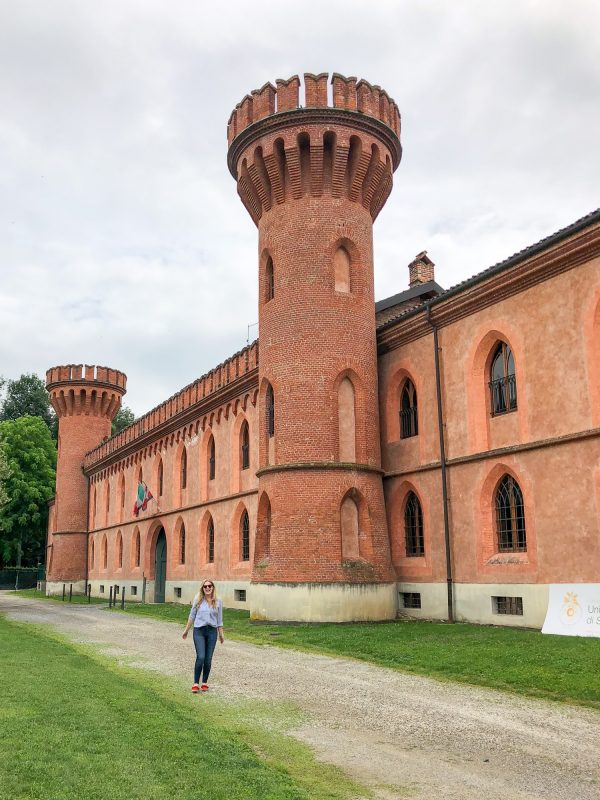
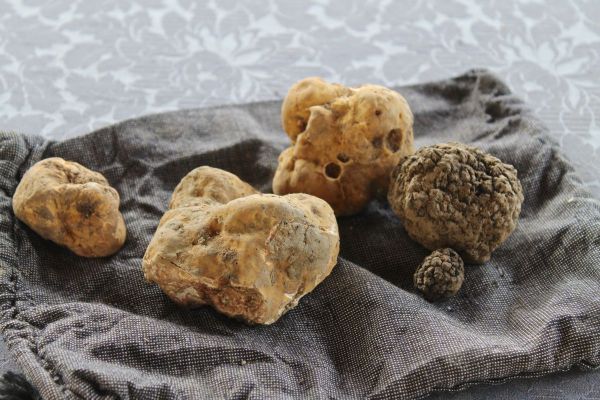
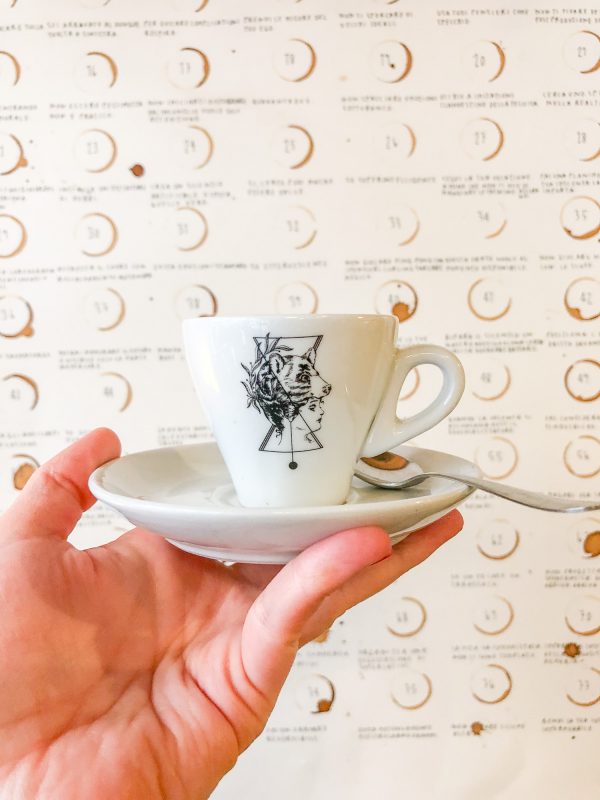
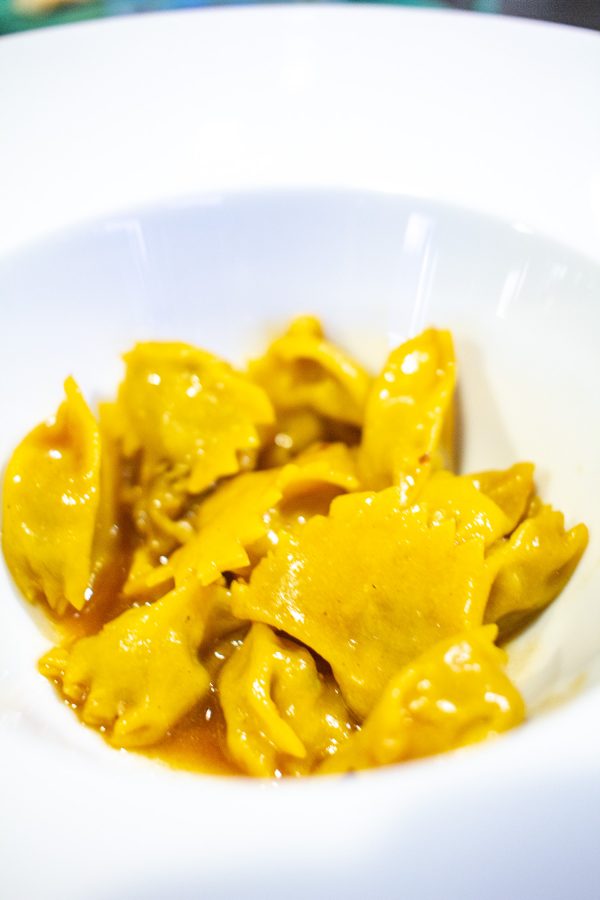
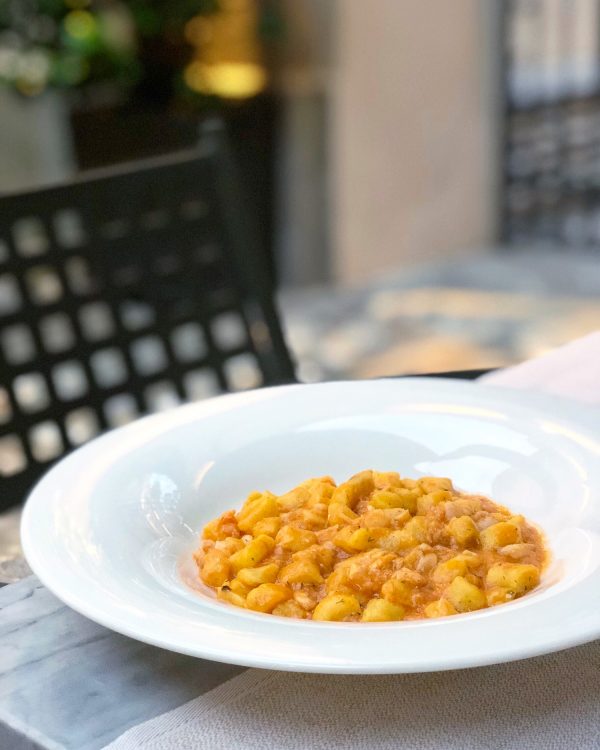
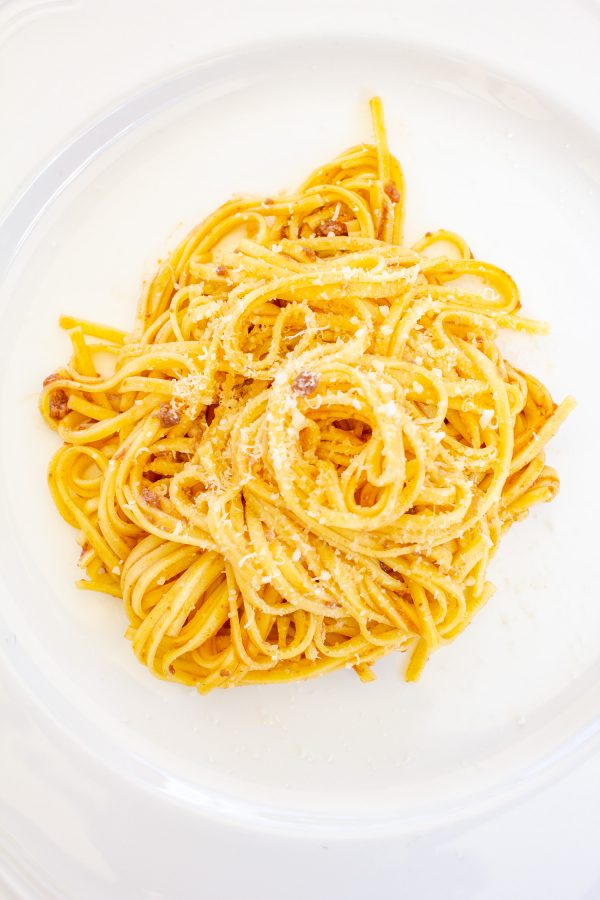
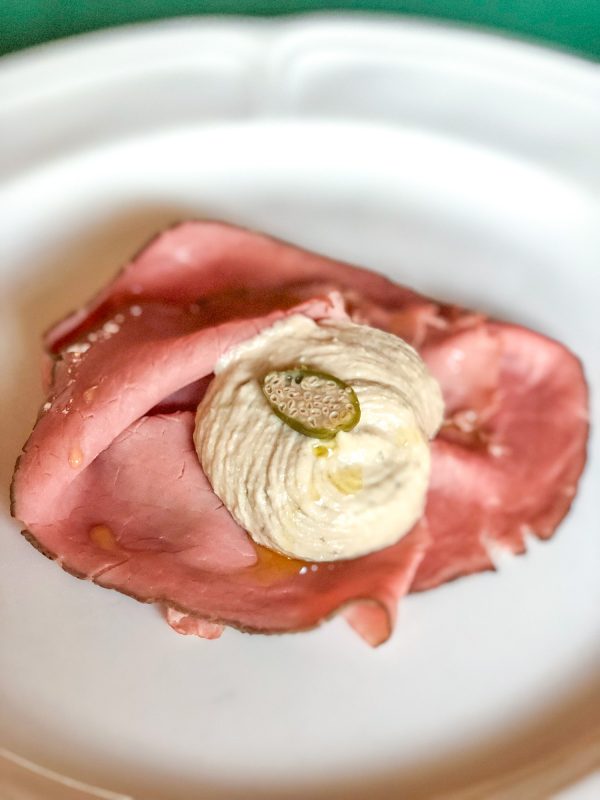
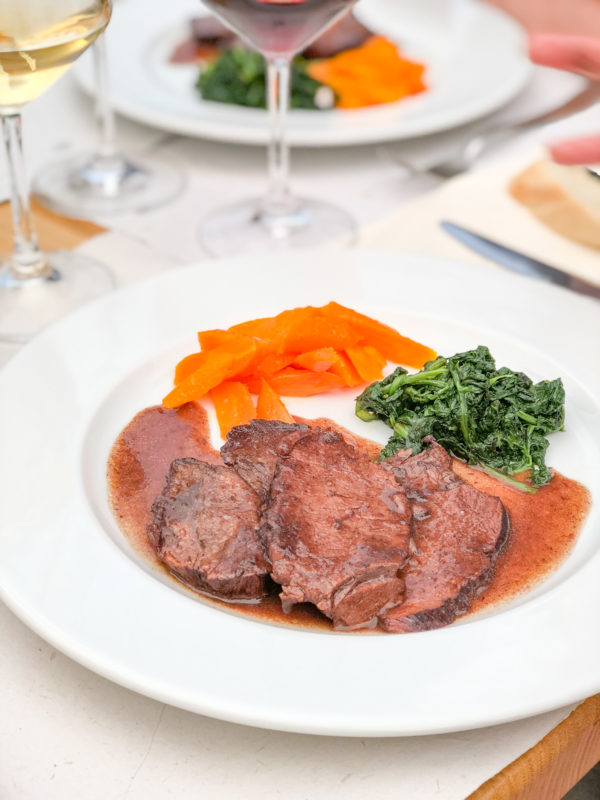
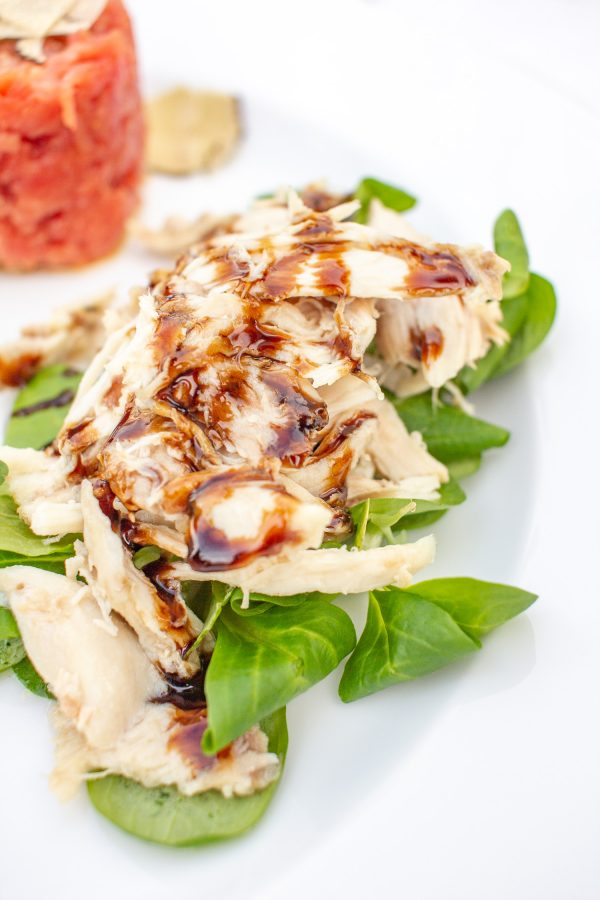
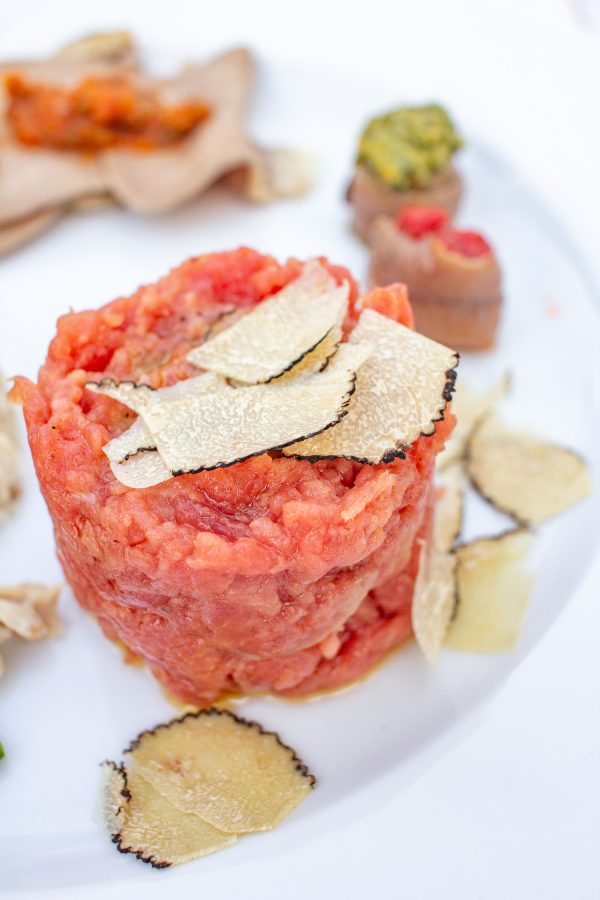
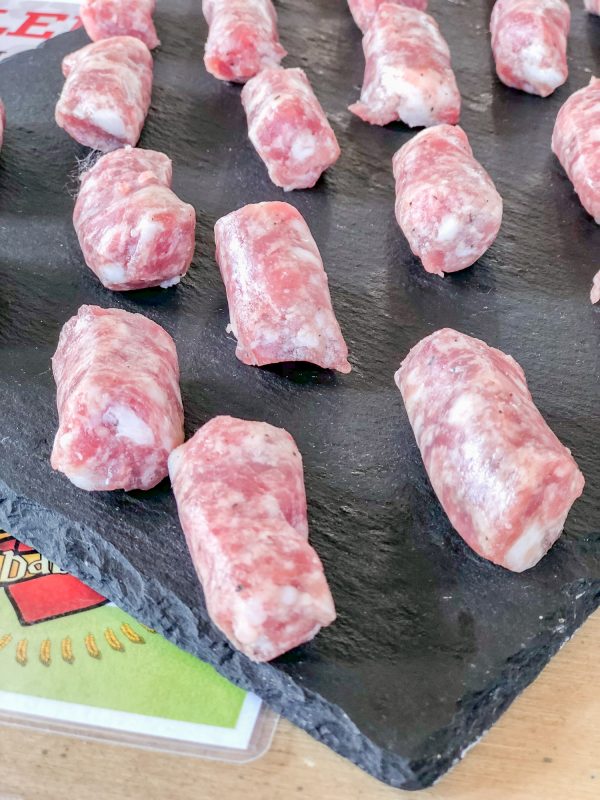
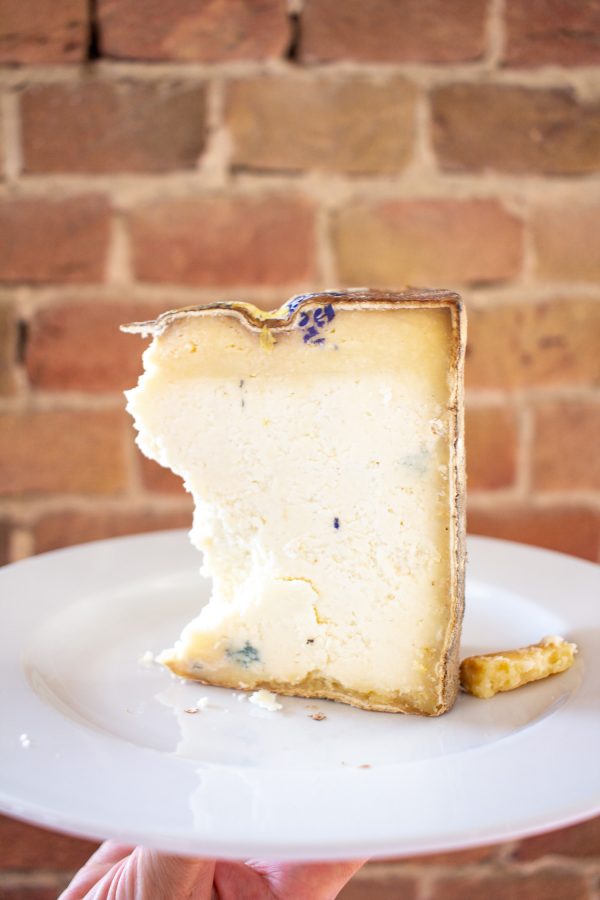
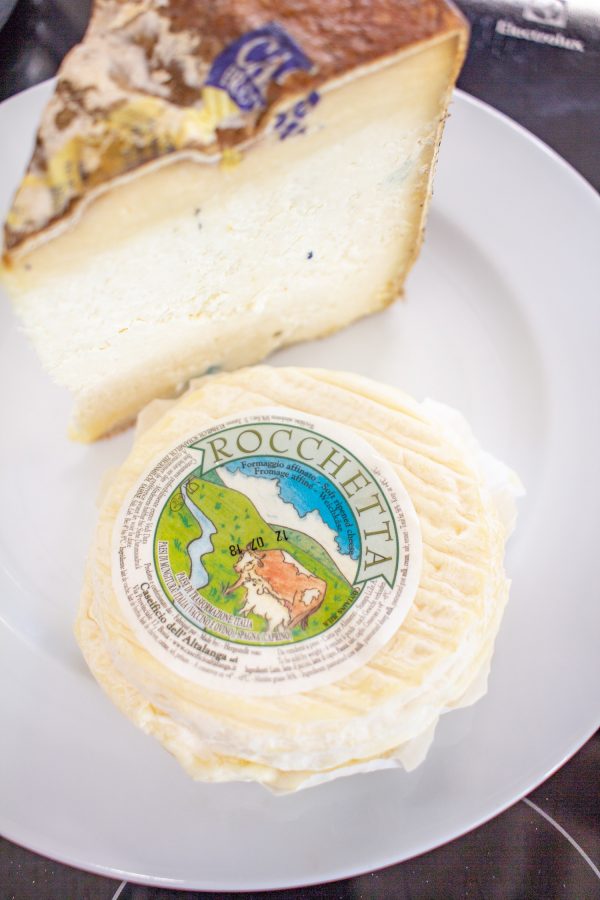
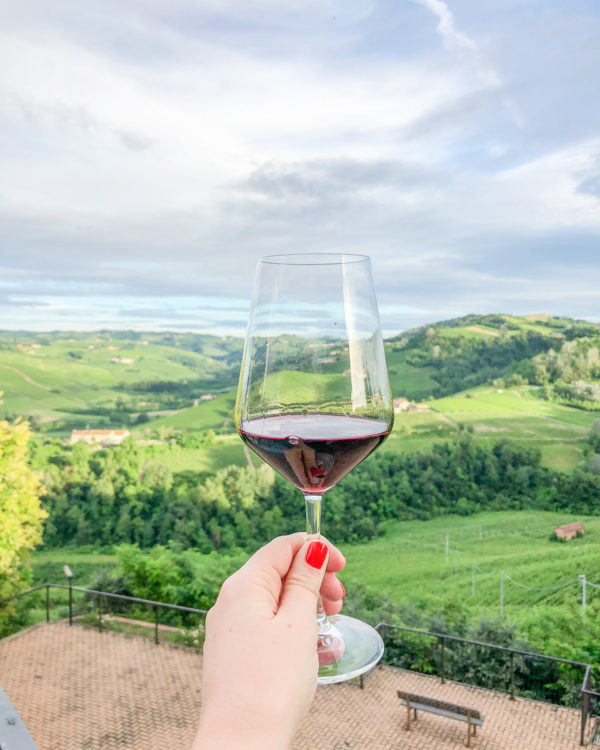

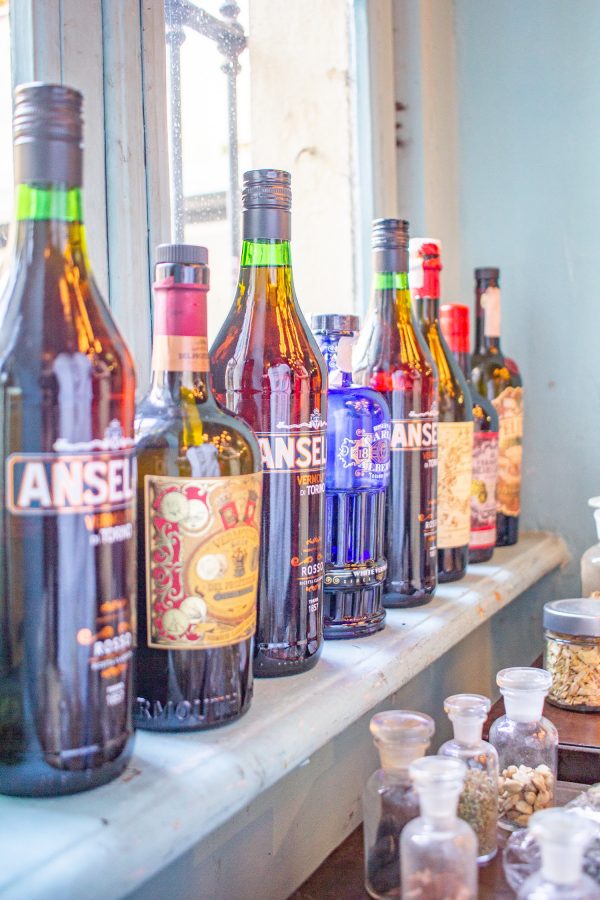
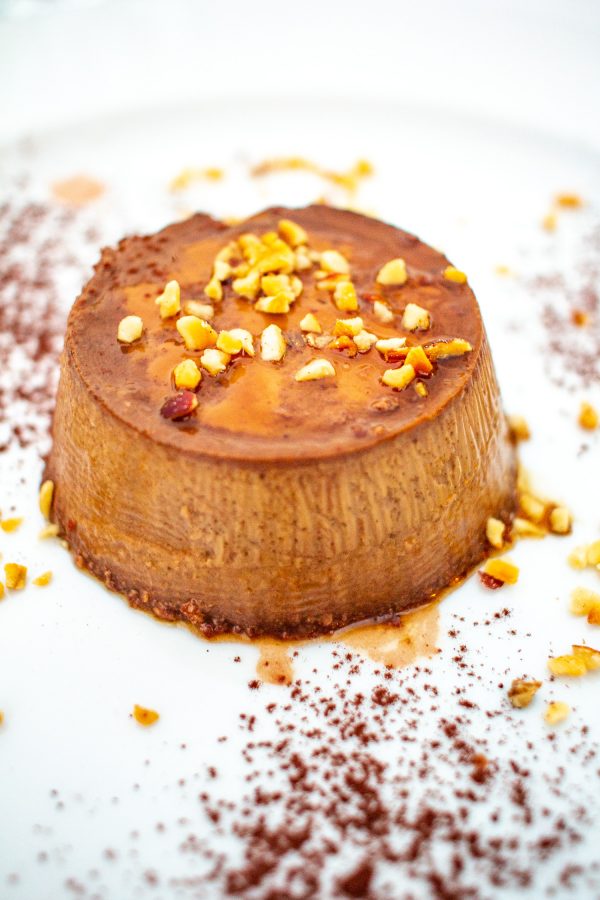
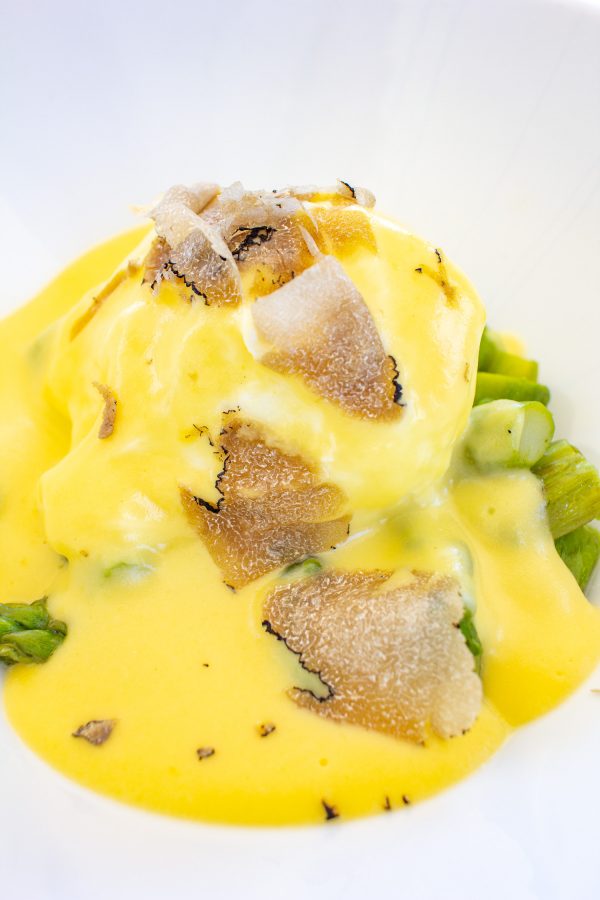
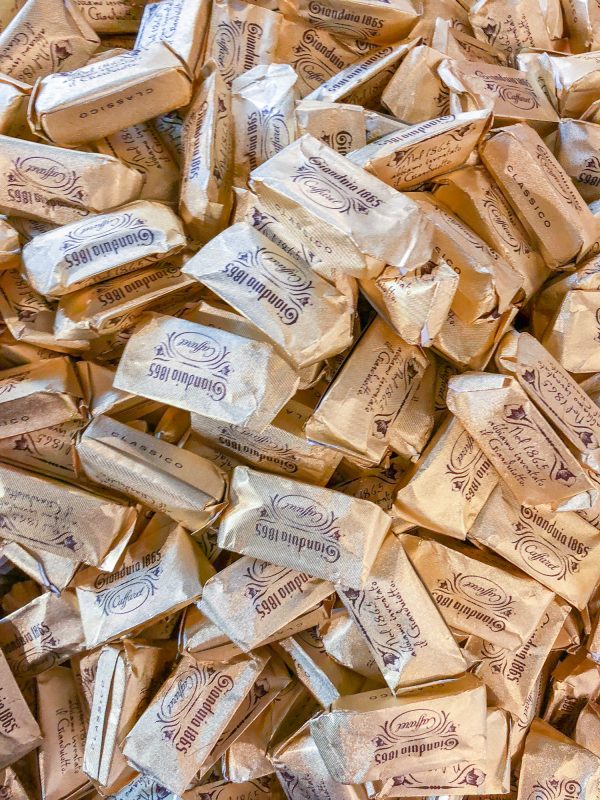
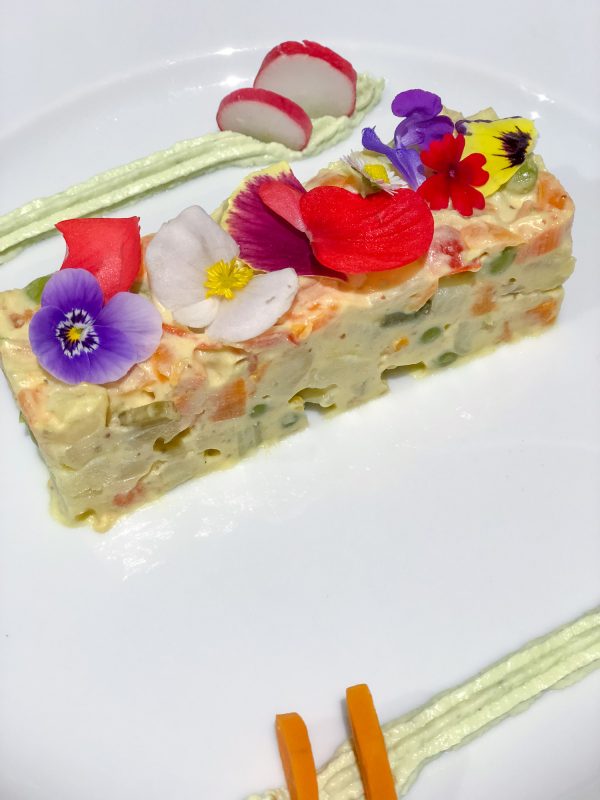
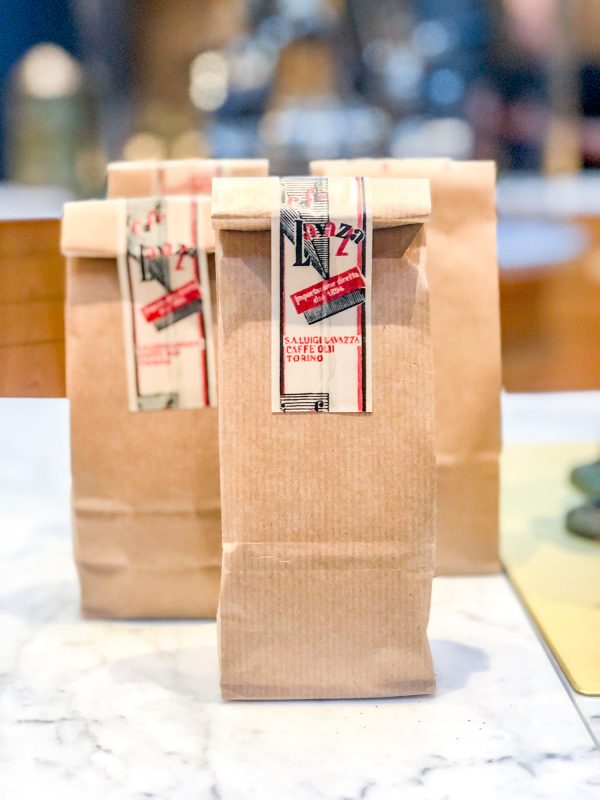
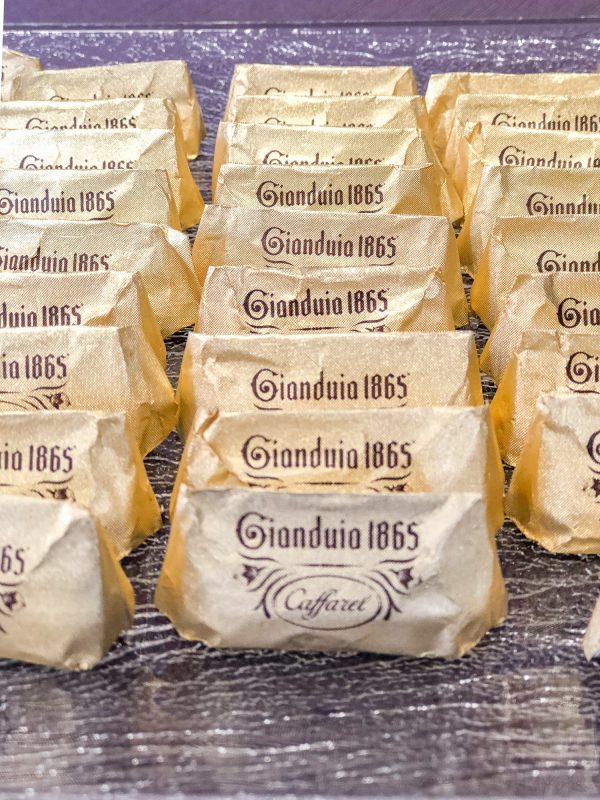
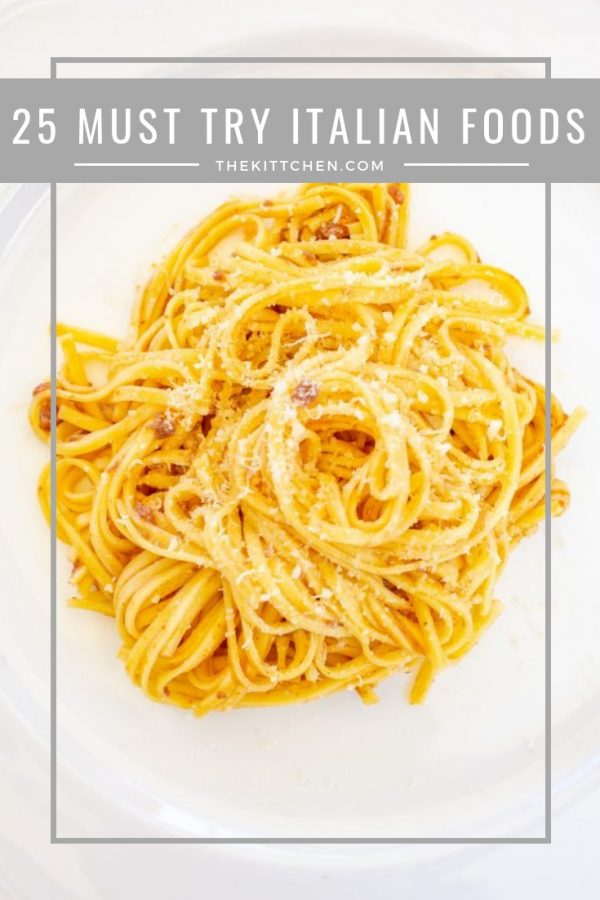




Jann Olson says
Henry Malatesta says
Kit says
Angelina says
Paula Reynolds says
Kit says
Chris Cagliero says
Kit says